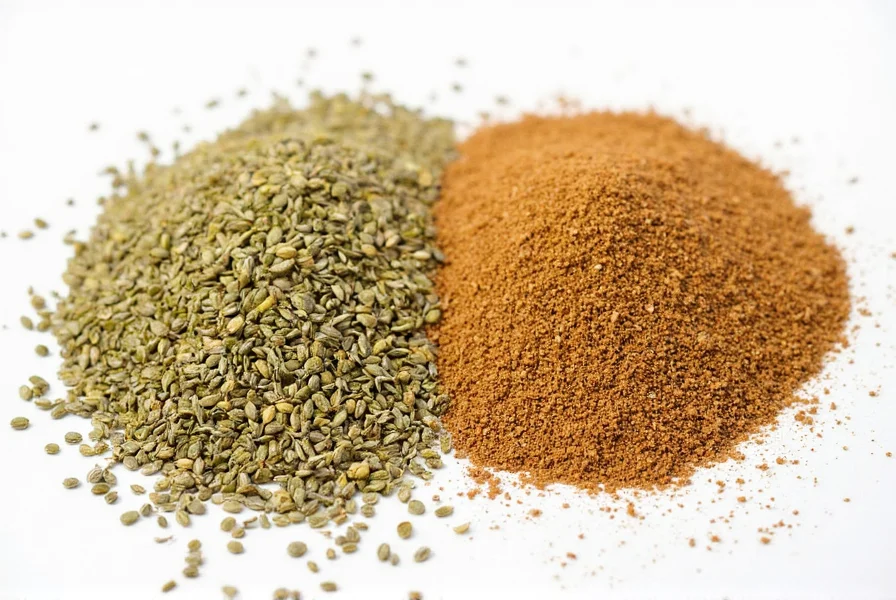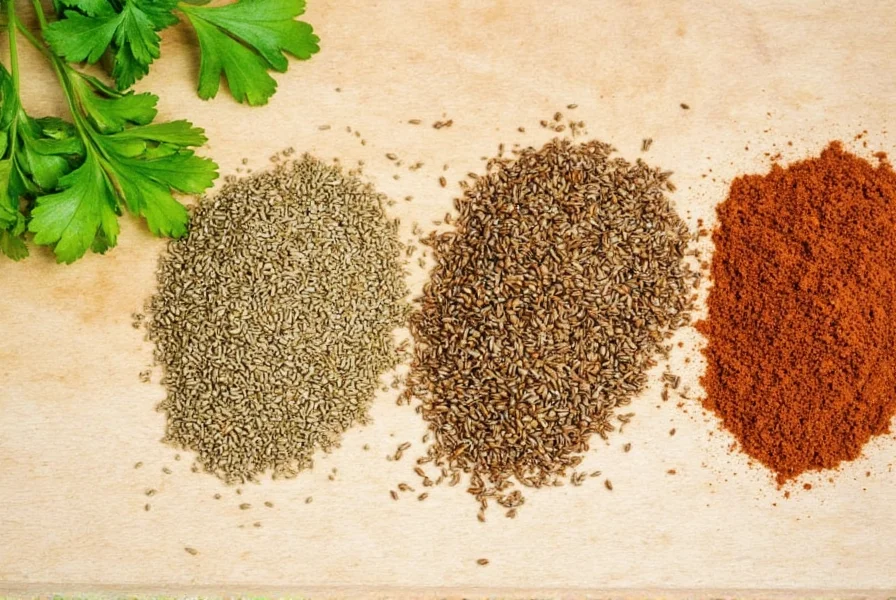Table of Contents
Introduction to Coriander Seeds in Spanish
When searching for "coriander seeds in Spanish," the correct term depends on the region. In Spain, coriander seeds are called coriandro, while in most Latin American countries, they are called cilantro—but note that cilantro typically refers to the fresh leaves. To avoid confusion, specify semillas de coriandro for seeds in Spain or semillas de cilantro in Latin America. This distinction is crucial for accurate communication in markets or recipes.
Practical Tips for Using Coriander Seeds
Whether you're using coriandro (Spain) or cilantro seeds (Latin America), these tips ensure optimal flavor:
- Toasting enhances flavor: Toast whole seeds in a dry pan over medium heat until fragrant and slightly darker. This unlocks their warm, citrusy notes.
- Grind fresh: Whole seeds lose potency quickly; grind them just before use for maximum aroma.
- Use sparingly: Coriander has a strong profile—start with 1/4 teaspoon per dish and adjust to taste.
- Pair strategically: Combine with cumin, turmeric, or garlic for curries, stews, or marinades. In Spanish cuisine, it complements paella and gazpacho.
- Experiment creatively: Add to breads, cookies, or even chocolate desserts for a unique twist.

Buying Guide for Coriander Seeds in Spanish
When purchasing, verify regional terminology to ensure authenticity. Here's a quick reference:
| Product Name | Features | Advantages | Use Cases | Target Audience | Suitable Occasions |
|---|---|---|---|---|---|
| Coriandro Seeds Premium (Spain) | Whole, organic, Spanish-sourced | Authentic flavor, no additives | Traditional Spanish dishes like arroz con pollo | Home cooks in Spain, culinary enthusiasts | Family dinners, Spanish-themed events |
| Semillas de Cilantro Organic (Latin America) | Organic certified, fresh from Mexican farms | Regional authenticity, sustainable sourcing | Mexican salsas, tacos, and marinades | Latin American cooks, health-conscious consumers | Festive gatherings, everyday cooking |
| Spicy Coriander Seeds Blend | Extra-spicy variant, ideal for bold flavors | Perfect for adventurous palates | Hot dishes, Latin American cuisine | Foodies, spice lovers | Special occasions, themed meals |
In-Depth Explanation of Coriander Seeds in Spanish
Botanically, coriander seeds come from Coriandrum sativum, a plant with distinct regional naming conventions:
- Spain: Seeds are coriandro (e.g., "semillas de coriandro"), while leaves are cilantro. This avoids confusion—e.g., "coriandro" in spice blends refers to seeds only.
- Latin America: The entire plant is often called cilantro, but seeds are specifically semillas de cilantro. In Mexico, for instance, cilantro alone typically implies seeds in cooking contexts.
Historically, the term "coriander" derives from ancient Greek koriannon, meaning "to rub," reflecting its use in ancient medicine and culinary applications. Today, coriandro seeds are essential in Spanish adobo and mole sauces, while Latin American cuisines use cilantro seeds in salsa verde and chili recipes.
For accuracy in Spanish-speaking markets, always check packaging labels. In Spain, look for coriandro or semillas de coriandro; in Latin America, cilantro or semillas de cilantro. This ensures you get the right product for your recipe.
Conclusion
Understanding regional differences in naming—coriandro in Spain versus cilantro in Latin America—is key to using coriander seeds effectively. With accurate terminology, you can confidently shop, cook, and explore global cuisines. Whether you're preparing a traditional Spanish dish or vibrant Latin American meal, this knowledge elevates your culinary experience.











 浙公网安备
33010002000092号
浙公网安备
33010002000092号 浙B2-20120091-4
浙B2-20120091-4